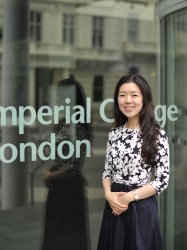BibTex format
@article{Attar:2022:1/012066,
author = {Attar, HR and Li, N},
doi = {1/012066},
journal = {IOP Conference Series: Materials Science and Engineering},
pages = {012066--012066},
title = {Optimisation of deep drawn corners subject to hot stamping constraints using a novel deep-learning-based platform},
url = {http://dx.doi.org/10.1088/1757-899x/1238/1/012066},
volume = {1238},
year = {2022}
}

